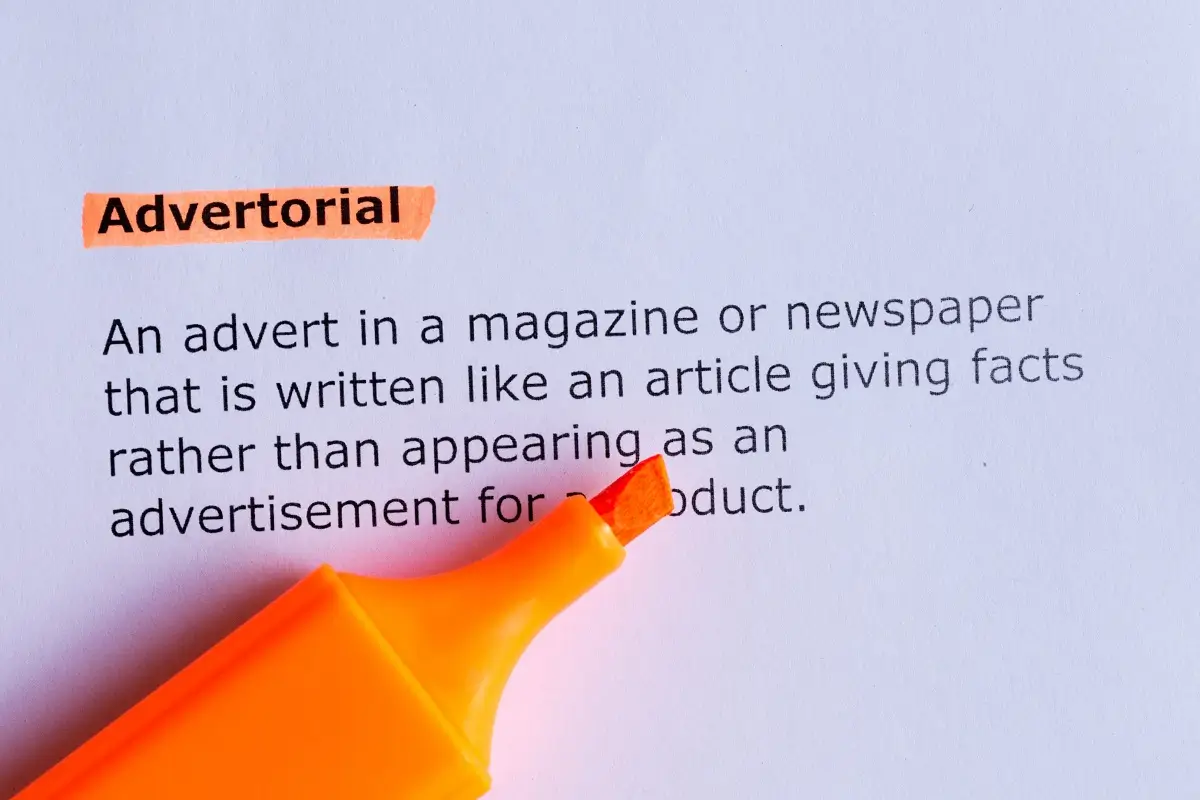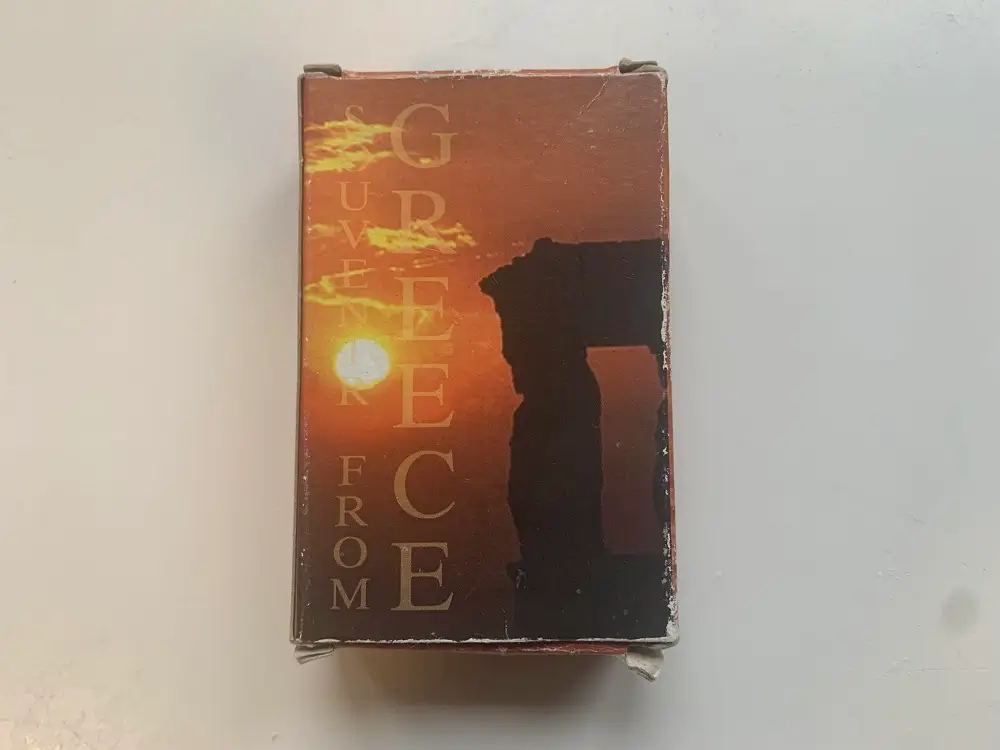For as long as I could remember, I’ve been drawn to the freelancing lifestyle – working from the informality of my home and at liberty to manage my own schedule. The idea that I didn’t have to waste time commuting was, obviously, a tremendous upside (good-by cold bus stops, hello lounge wear). Other perks, like not having to eat food from crinkly wrappers appealed too.
I also liked that, as a freelance copywriter, I wouldn’t be required to wear restrictive, form-fitting apparel that needed more maintenance than my regular attire (jeans, a pair of Dr. Martens and some kind of turtleneck). I wanted to be one of those people who woke up without the obnoxious blare of the alarm clock and bounced from coffee shop to coffee shop, laptop in hand.
Most importantly, I’ve always believed that, as a writer, I’d get more done quicker without the daily interruptions of office small talk and protracted meetings, which tended to test my patience.
It just so happened that as I was leaving a technical-writing position – a job that was far from my true calling – I inherited an apartment from my grandmother. With a substantial savings nest egg and the safety cushion of owning my own home, this seemed like the moment to own up to my ambitions and finally go rogue.
Before sales letters: Facing the realities of freelancing—Where to begin?
So, there I was – a newly minted free-ranging human, liberated from the shackles of a cubicle farm. I was about to roll up my sleeves in my new digs whose bathroom sink was a tad unhinged, half of the wooden tiles were loose and every room featured a statement chandelier from the 1970s. On windy evenings, it was hard to get the gas stove up and running because of the gusts that leaked from the malfunctioning windows.
But none of this bothered me. In fact, I thought it was totally romantic. The trouble was – I didn’t know where to start. I had no idea about how to write a sales letter and had zero experience with direct mail advertising.
Cold-calling and cold emailing: Generic outreach is just noise
Lacking a solid strategy, I reached out indiscriminately to everyone and anyone – construction firms, industry associations, large companies, small companies, investor relations departments and media organizations (and that’s just a few examples). Surprise, surprise, this initiative – if we could call it that – was a mistake. In retrospect, I realize that my efforts were founded on blunt optimism; to be fair, however, everyone’s judgment is impeccable, free of any shadow of doubt or blind spots.
I tried cold-calling and cold emailing far longer than I should have, with limited results. I believed that with the years of writing experience behind me and my background in telemarketing, I’d be sure to pick up some projects to get the ball rolling. After all, I knew how to cold call. Cold calling techniques, such as building a rapport, crafting a compelling script and handling objections were familiar to me. I recall my friends’ skeptical questions: “Does cold calling really work?” But I pressed on regardless. While I did land a few plump assignments, I failed to secure any long-term contract work.
The error of offering my services to a wide pool of prospects, though, gifted me an epic, invaluable revelation. I learned that unless I segmented my target market with messaging tailored to a specific demographic, I would end up hustling, cold-calling and cold emailing, with no results – forever. To borrow from a fisherman’s lexicon, I was casting a wide net that left my message lost at sea. I was talking to everyone, which just meant that I was talking to no one.
My “Ready, Set, Fire” strategy for direct mail campaign success
Once I realized that the course I was on – cold-calling and cold emailing with generic pitches – wasn’t yielding the desired outcome, I decided to adjust my strategy, or lack thereof. After some reading on this topic and several email exchanges with my mentor, I set forth to create a professional direct mail advertising campaign in order to reach prospects that I wanted to write for and who needed my services.
Eventually, I asked myself, “What companies would align seamlessly with my expertise?” The immediate answer was tech, since I’d just spent a year with a software company working as a technical writer. While there, I learned complex software concepts and the ability to communicate them clearly, which I figured would be an invaluable asset when creating marketing content for tech firms. I also learned the mindset of a software company, the industry’s nuances, jargon and pain points, especially when it came to documentation and presentation. Once I resolved this conundrum, and picked an industry to market myself as an expert, I was ready to move on to the next step.
This involved finding the right tech firms that complemented my strengths and writing a personalized sales letter to each company advertising my copywriting services.
Results and insights of my first direct mail advertising campaign
The conversion rate of my very first direct mail campaign was 1% although it typically ranges from 0.5% to 1%. These numbers fall slightly below the broader industry statistics reported by Business2Community, indicating an overall direct mail conversion rate between 1.0% and 3.7%.
This isn’t exactly breaking news. In recent years, small businesses have increasingly explored new advertising methods, leading to a gradual reduction in direct mail usage. The U.S. Postal Service reported that marketing mail fell to 66.2 billion pieces in 2021, a significant drop from its high of 103.5 billion in 2007. As more businesses embrace digital marketing strategies, consumers are seeing fewer physical mailers, giving your brand’s message a clearer path to stand out.
On average, it typically takes me about four months to land a client after sending the letters. Occasionally, I’ve been able to secure projects as quickly as two months after launching the campaign, while at other times, it has taken as long as six months. However, the sweet spot for client acquisition appears to be around four months.
I’m going to reveal a rule that I followed at the time, one that continues to serve me whenever I’m seeking new clients through a direct mail advertising campaign. It’s called “Ready, Set, Fire” and it’s a strategic sequence I employ to ensure successful results:
1. The Ready: Compiling your prospective client list
This part involves drawing up a high-quality list of prospective companies because the success of your campaign will hinge on how precisely you target your audience. It’s a biggie. In fact, it’s the foundation of your direct mail campaign. A well scrutinized, curated list ensures that you’re channeling your efforts towards organizations that need your services and fall within your niche. My batches consist of 200 sales letters because when it comes to sales, it’s all about playing the numbers game.
- Define your target audience. Who are the decision-makers or key contacts within the companies you want to reach? Make a list of these individuals. Visit the company’s website and look under its “About Us” or “Our Team” section. Many organizations list their key personnel, including executives and management, along with their roles and contact information. You can also search the company’s LinkedIn page and browse through its Employees category.
- Analyze the companies you plan to target. Finding the decision maker is no less important that investigating the companies you should reach out to. This process is a bit like applying a precision filter that will make sure that you reach the most compatible prospects. Look at the company’s website – is it professional? Is there any indication that they already use vendors like you? Are they big enough to afford your services? Answering these types of questions ensures that you’ll send the letters to organizations that are more likely to start a conversation with you. Igniting a chat is paramount because the frequency of your conversations directly correlates with an increase in your conversion rate.
- Invest considerable time during this phase. Done well, and the “Ready” part of your initiative hits the bull’s-eye. This is what I failed to understand when I was starting out. I didn’t care what companies I’d be partnering up with – I just wanted to write for “serious” companies with substantial marketing communications budgets but didn’t define any segment parameters for which I’d be a natural fit.
2. The Set: Conducting research about your prospects
Now that you have selected the companies that you want to target, you need to learn more about them so that you can demonstrate your understanding of their unique pain points, clients and business environment. This will set you apart from competitors who send generic, non-personalized sales pitches and give you an edge that can boost your chances of success. Additionally, it pushes you even further ahead, considering 42% of sales reps admit they’re flying blind before making a call.
Consider also that nearly nine out of 10 respondents claimed that outreach tailored to their industry—whether it’s understanding their business, evolving industry trends, or new technologies—is absolutely critical. A bit fewer (83%) consider it crucial that the outreach directly addresses their unique business challenges, and a smaller share (70%) say it’s vital that the outreach speaks to their specific role within the company.
With that in mind, here are some strategies to help you dig up the insights you need to craft laser-focused, personalized outreach:
- Your prospect’s website is your friend. Many companies offer comprehensive insights into their products, services, mission, values, history, and business model on their websites. To delve deeper into companies’ operations, consider accessing their annual reports and financial statements. These documents are rich sources of information, including information about their financial performance, growth strategies, and business plans. This data can be a goldmine when crafting your sales letter.
- Google News, Google News, Google News. All the aforementioned resources pale in comparison to my ultimate favorite resource for learning about a prospect: good, old Google news. When you Google your prospect, the news search engine will generate a range of news and press releases related to the company with many insights about recent developments, partnerships or changes in their business model. Maybe the company has announced an appointment of a new CEO who has revealed an aggressive expansion strategy. Or the company is planning to streamline operations and enhance product innovation.
- Any information is good information. If you’re reaching out to startups, you’re likely to find information about their funding rounds. Regardless of the type of company achievements, be it awards, earnings reports, or participation in noteworthy events, these are excellent reference points that demonstrate your insight into your prospect’s ongoing endeavors.
- Statistics are a great tool. You’re not limited to using information generated by the company. Government agencies, research firms, industry associations, and various market research companies release valuable statistics that you can use to link the company’s business model with the larger industry trend. They’re a great way to show enthusiasm in your sales letter.
- No company information? Stay calm and keep prospecting. If you can’t dig up any information about the company, it may be a red flag. Without insight into its business model, you should reevaluate if it’s worth reaching out to. It could be that the company is too small to afford your services. But if you conclude that the company is a plausible prospect after all, you may have to get creative when writing the sales letter. Continue reading below to find out how.
3. The Fire: Write the sales letter
At this point, you’ve gathered the raw data you need to convert into a sparkly, personalized sales letter. Personalizing every sales letter shows that you’ve taken the time to tailor your message and indicate a genuine interest in your prospect’s business.
For example, you can include a statistic that supports their business model or convey enthusiasm regarding their recent funding round. This will help build a connection between your service offer and their specific needs. It will also boost your credibility and lead to a higher level of trust. If you aren’t able to find much information about the company, mention a business model-validating metric or a current piece of news that’s relevant to the company as a conversation starter. In general, don’t forget to:
- Show your prospect that you understand them. A great way to pique a prospect’s interest is to demonstrate your understanding of their challenges or pain points – then address how your services can help resolve them. When you position yourself as a problem solver, rather than a service provider, the message can really resonate with the decision makers.
- Keep it persuasively professional with a personalized touch. The best way to achieve this style is to strike a balance between being too pushy or overly casual. Maintain a respectful tone while addressing the recipient’s needs and avoid any excessive urgency with calls to action such as “Buy now and receive this great offer!!!.” Also, don’t be too informal and say things like “Let’s chat soon, okay?” Depending on your service offering, consider offering something extra, like an incentive or a limited-time discount, a free consultation or a valuable resource such as a white paper or an eBook.
- Stick to an organized layout. I feel like I’m stating the obvious here, but your letter should be well-structured, easy to read and free of typos and grammatical errors. Using a professional and consistent font and format is a must. Start with a strong opening, such as why you admire their business model. I said this before and I’ll say it again – if you don’t grab the reader’s attention immediately, your text is dead in the water. Not on life support – clinically dead. Throughout the letter, focus on the benefits of your solution rather than list its features. End with a call to action by clearly stating what you expect the recipient to do next. It could be scheduling a call, requesting more information or making a purchase. Make it specific and memorable. Don’t forget to follow up to discuss their needs further – you never know which customer touch point will lead to closing the sale.
- Respect the recipient’s time. There’s lots of advice online about the ideal length of a sales letter. Many marketing communication professionals advocate for a one-pager, others think that the letter should be as long as it makes sense (I fall into the second group). Adhering to cosmetic parameters like word count may divert your attention from what truly matters, compelling you to obsess over trivial details. My best advice is to get to the point quickly and avoid unnecessary jargon or filer content.
Conclusion: A snail mail campaign is a great tool for acquiring clients
As with any other tool, your direct mail advertising campaign needs a strategy. This means that you must decide on a carefully scrutinized list of prospects in order to obtain clients. That’s the “Ready” phase of your campaign. It involves building a high-quality prospect list to ensure precise targeting. Define your audience, identify key contacts and analyze if you’re a good fit. Precision is key, which will lead to more productive conversations, whether you’re engaging through a direct mail campaign, cold-calling, or cold emailing. Don’t waste a moment second-guessing this phase—it’s an invaluable time investment because a superior list significantly enhances the likelihood of a successful campaign.
In the “Set” phase of your direct mail campaign, thorough research will set you apart from competition. Mine company websites or read annual reports and financial statements to understand your prospects’ operations and needs. Google News is an indispensable resource for real-time insights on developments, while any data about achievements and industry statistics will also add value.
During the “Fire” phase of your direct mail advertising campaign, you get to transform gathered data into a personalized sales letter to express genuine interest. Customize content with statistics supporting your prospects’ business model or convey enthusiasm for any piece of news that the company has shared with the media. Present yourself as a problem solver, while maintaining a professional yet personalized tone. Use an organized layout, engage with a strong opening, emphasize benefits, and conclude with a clear call to action. Respect the recipient’s time by avoiding unnecessary details.
A carefully planned direct mail campaign gives you the unique chance to slay the competition. In a world that’s filled with noise, you get to stand out with a message that signals, “I’m serious about this.” Sales letters give you the chance to showcase the old-school charm of hand-delivering your message and cutting through the clutter, while making an unforgettable impression.
Remember my disdain to the intrusive jingle of an alarm clock? Except for an occasional early flight or a sporadic doctor’s visit, I’ve bid farewell to early mornings ever since embracing the life of an independent writer. Much of my lifestyle’s credit goes to the first direct mail advertising campaign I employed to attract new clients.
Read the second part of this blog Anatomy of a sales letter: Essential reading for snail-mail campaign skeptics, part 2 where I’ll guide you on crafting an effective sales letter and share a practical example. In the meantime, don’t forget to subscribe to my newsletter for more tips and strategies to improve your tech marketing communications strategy!








